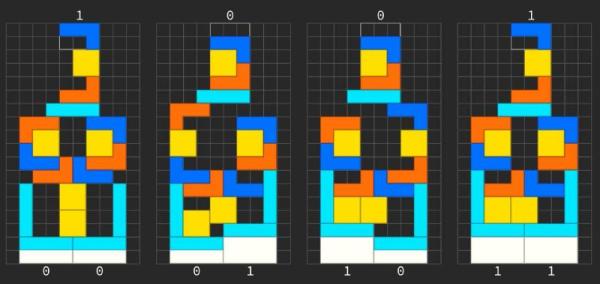All nuclear fission power reactors run on fuel containing uranium and other isotopes, but fueling a nuclear reactor is a lot more complicated than driving up to them with a dump truck filled with uranium ore and filling ‘er up. Although nuclear fission is simple enough that it can occur without human intervention as happened for example at the Oklo natural fission reactors, within a commercial reactor the goal is to create a nuclear chain reaction that targets a high burn-up (fission rate), with an as constant as possible release of energy.
Each different fission reactor design makes a number of assumptions about the fuel rods that are inserted into it. These assumptions can be about the enrichment ratio of the fissile isotopes like U-235, the density of individual fuel pellets, the spacing between the fuel rods containing these pellets, the configuration of said fuel rods along with any control, moderator and other elements. and so on.
Today’s light water reactors, heavy water reactors, fast neutron reactors, high temperature reactors and kin all have their own fuel preferences as a result, with high-assay low-enriched (HALEU) fuel being the new hot thing for new reactor designs. Let’s take a look at what goes into these fuel recipes.
Continue reading “The Intricacies Of Creating Fuel For Nuclear Reactors”














